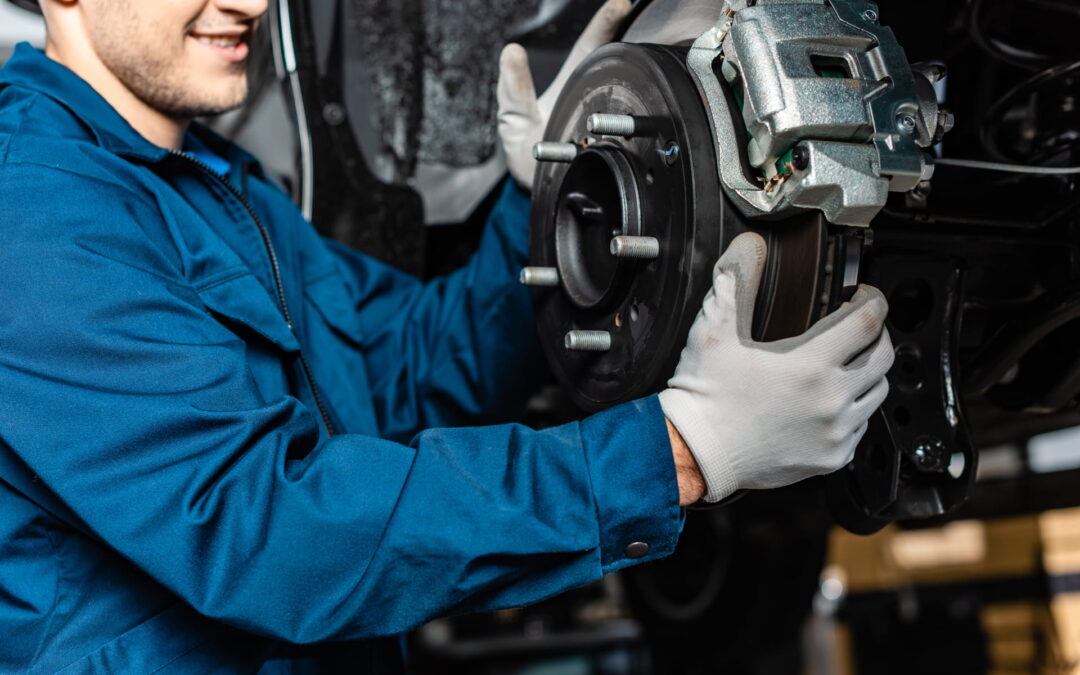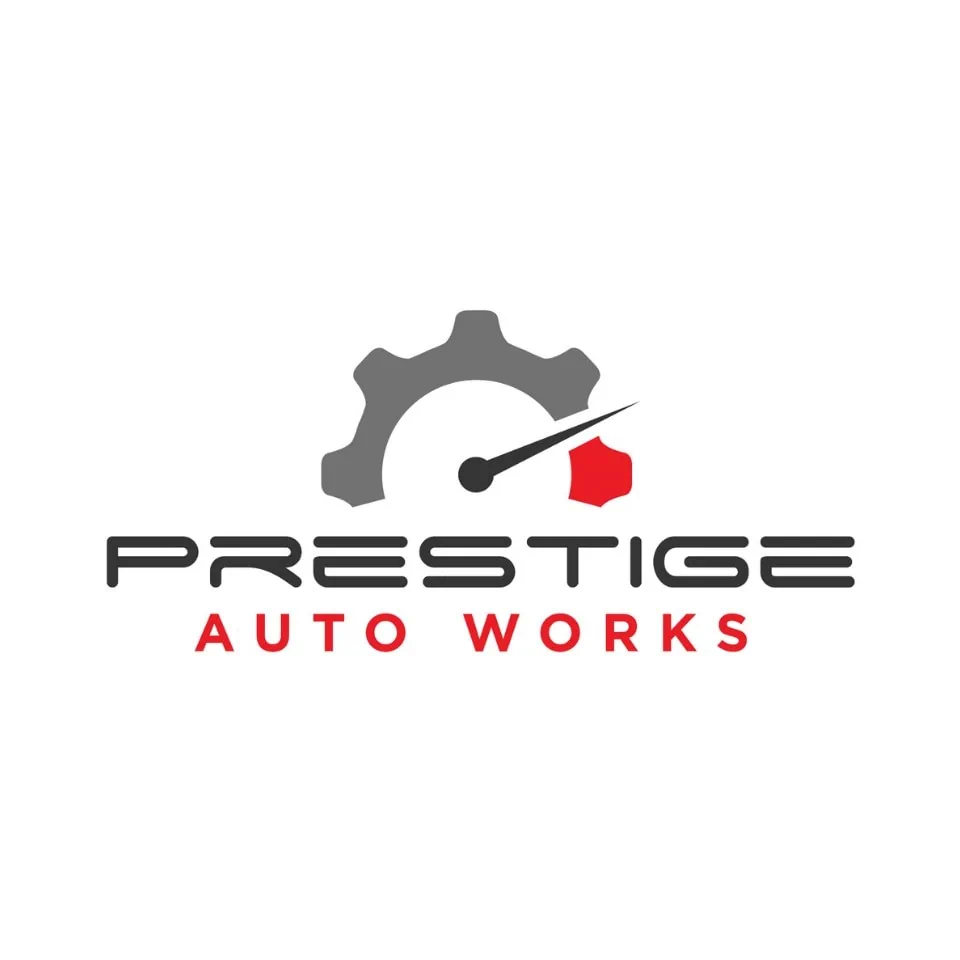Brakes are among the most critical components of your vehicle, ensuring safety by allowing you to stop effectively. Like any other part of your car, brakes wear out over time, and recognizing the signs of wear is crucial to maintaining your vehicle’s safety and performance. This guide will walk you through the telltale signs that it’s time to replace your brakes and highlight the importance of professional auto repair services in addressing these issues.
Recognizing Brake Wear and Tear
Understanding how your vehicle’s braking system functions is the first step in recognizing when it might be failing. Brakes are subjected to intense friction and heat every time you slow down or stop, which gradually wears them down. Knowing the signs of wear can help you address issues before they compromise your safety.
Unusual Noises When Braking
One of the most common indicators of brake problems is hearing unusual noises when you apply the brakes. Sounds such as grinding, squealing, or screeching suggest that your brake pads or rotors may be worn and need attention. These noises occur because the brake pads have worn down to the point where metal is contacting metal, causing damage to your rotors.
Brake Pedal Feels Different
If your brake pedal feels spongy, soft, or requires more pressure than usual to engage the brakes, it’s a sign that there could be air in the hydraulic system or a problem with the brake fluid. Conversely, a pedal that feels unusually hard can also indicate issues within the braking system that require professional evaluation.
Vibrations During Braking
Experiencing vibrations or pulsating sensations through the brake pedal or steering wheel when you apply the brakes is not normal. This often points to warped rotors, which can occur due to excessive heat and stress on the brakes. Warped rotors can significantly reduce braking efficiency and should be inspected by a professional.
Warning Lights on Dashboard
Modern vehicles are equipped with sensors that monitor the health of your braking system. If a brake warning light illuminates on your dashboard, it’s a clear signal that your vehicle’s braking system needs professional attention. Ignoring these warning lights can lead to severe safety risks.
Brake Pads Appear Thin
Visually inspecting your brake pads for wear is another simple way to determine if they need replacing. Brake pads should be at least 1/4 inch thick; anything less means they are too thin and won’t offer effective braking power. Regular checks can help you catch this issue early.
Longer Stopping Distances
Noticing that your vehicle takes longer to stop than it used to is a significant indicator that your brakes may be failing. Increased stopping distances can put you and others at risk, especially in emergency braking situations.
The Importance of Professional Brake Inspection
Given the complexity of modern braking systems, professional inspection and maintenance are vital. Professionals have the tools and expertise to diagnose and repair issues accurately, ensuring your vehicle’s safety and reliability.
Choosing the Right Auto Repair Service for Brakes
Selecting a reputable auto repair service is crucial for your brakes’ maintenance and repair. Look for services with certified technicians who have specific experience and training in brake systems. Their expertise ensures that your vehicle receives the best care possible.
Preventive Maintenance to Extend Brake Life
Engaging in regular maintenance, such as brake fluid changes and pad inspections, can significantly extend the life of your brakes. Professional auto repair services can provide comprehensive maintenance that addresses and prevents major brake issues.
Brakes are your vehicle’s most essential safety feature, and their maintenance should never be overlooked. Recognizing the signs of wear and seeking professional assistance promptly can prevent more severe problems down the road. According to the National Highway Traffic Safety Administration, proper brake maintenance and timely replacement are crucial for vehicle safety (NHTSA).
Key Takeaways for Maintaining Healthy Brakes
- Stay alert to unusual noises, changes in pedal feel, vibrations, and warning lights as signs of brake wear.
- Visual inspections and awareness of your vehicle’s braking performance are simple yet effective ways to monitor brake health.
- Professional auto repair services are invaluable for diagnosing and fixing brake issues, ensuring your vehicle remains safe and reliable.
FAQs About Brake Replacement and Maintenance
Q: How often should brake pads be replaced?
A: Brake pad lifespan varies depending on driving habits and conditions, but they typically need replacement every 50,000 miles. However, some may need replacing as early as 25,000 miles or as late as 70,000 miles.
Q: Can driving habits affect brake lifespan?
A: Yes, aggressive driving, frequent stop-and-go in city traffic, and heavy towing can all reduce the lifespan of your brakes.
Q: What is the average cost to replace brake pads and rotors?
A: Costs can vary widely based on vehicle type and the quality of the parts used. On average, brake pad replacement can cost between $100 and $300 per axle, while rotor replacement can add $200 to $400 per axle to the bill.
Q: Is it necessary to replace all brake pads at the same time?
A: It’s generally recommended to replace brake pads in pairs (both front or both rear) to ensure even braking. However, all four don’t necessarily need to be replaced simultaneously unless they are all worn.
Q: How can I extend the life of my brakes?
A: Avoiding aggressive driving, reducing cargo load, and using engine braking when possible can help extend brake life. Regular maintenance checks by a professional are also crucial.
Ensuring your brakes are in top condition is not just about maintaining your vehicle; it’s about safeguarding your journey. Professional auto repair services play a crucial role in this process, offering the expertise and care your vehicle deserves. Stay proactive about brake maintenance to enjoy peace of mind on the road.
- About the Author
- Latest Posts
With more than two decades of experience, Prestige Auto Works stands as an authority in the automotive industry in Slidell. Our team is bolstered by top-level dealer certifications and the constant presence of an ASE master technician, ensuring expertise in everything from routine maintenance to complex engine replacements.


